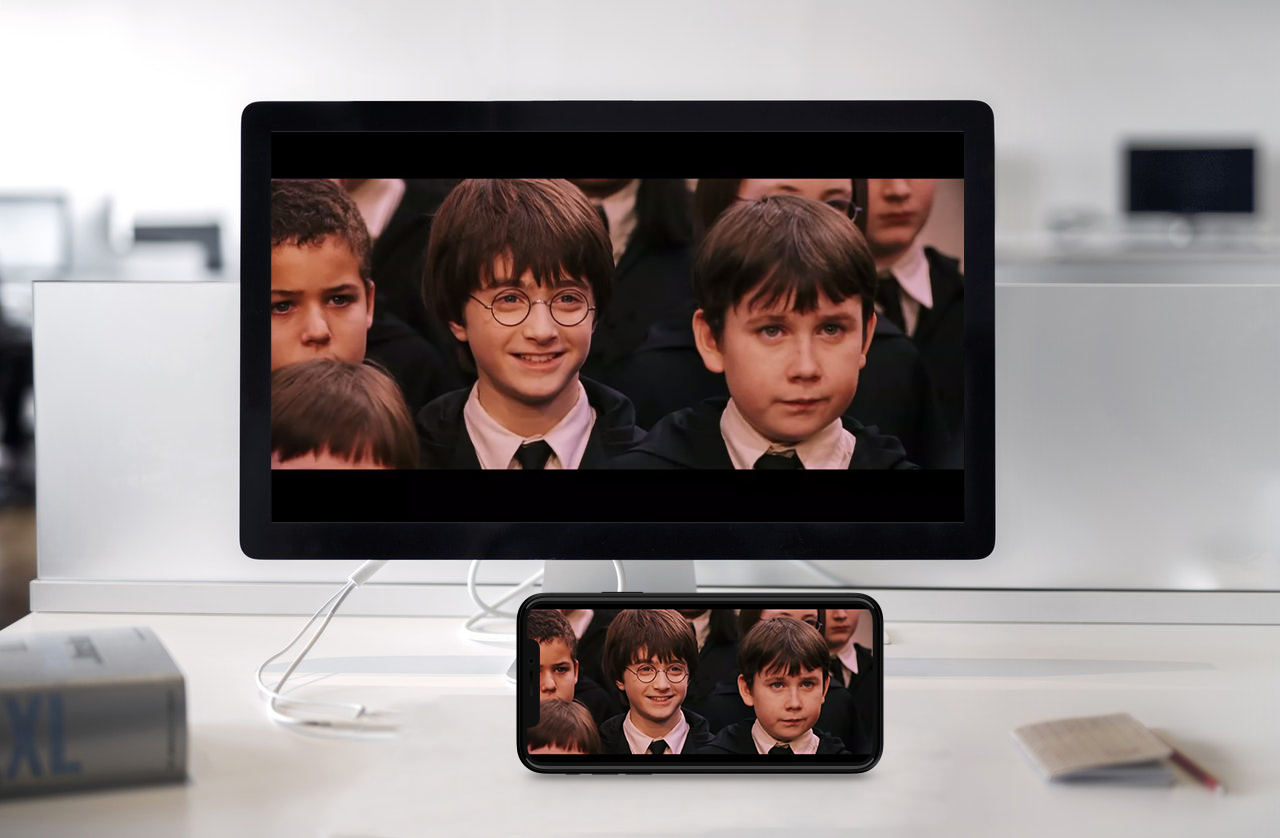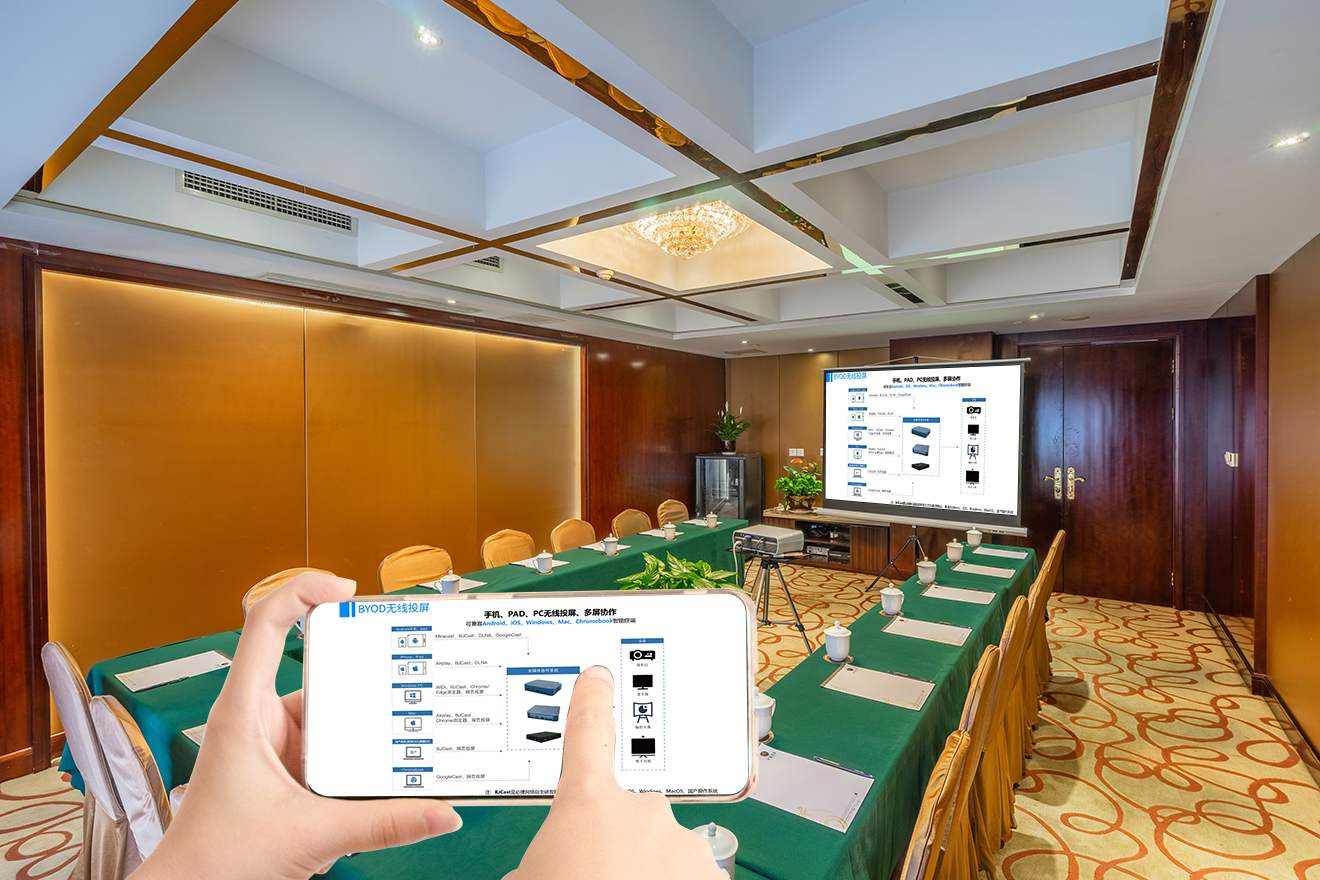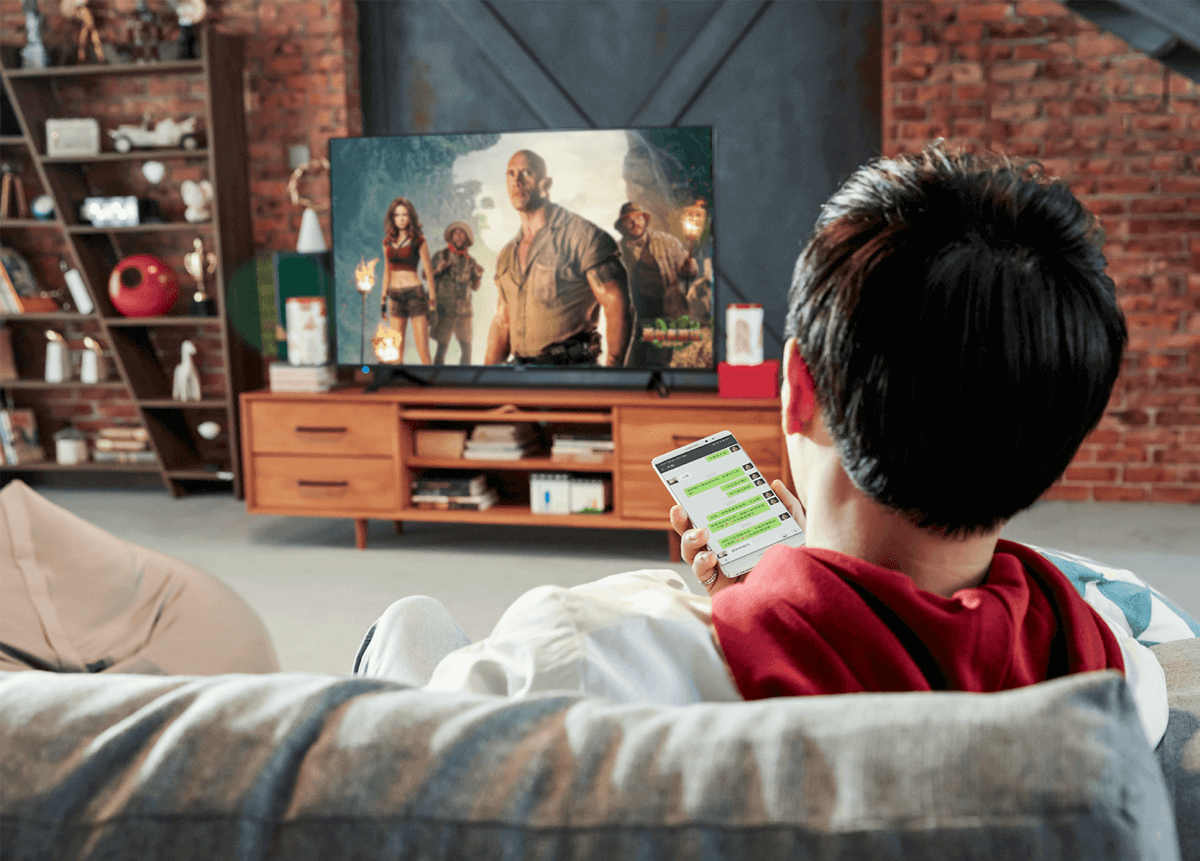Phone Screen Mirroring: Let Small Screen Content Flourish on the Big Screen
As the most frequently used mobile terminal in daily life, phones store vast amounts of photos, videos, and documents, and cater to diverse entertainment and office needs. However, the limitations of small screens often compromise the experience of sharing, viewing, and operating. The advent of phone screen mirroring technology allows content to transition from “in your hand” to the “big screen.” Whether for home entertainment, meeting presentations, or classroom interaction, it leverages screen extension to unlock greater value.
I. Diverse Connection Methods: “Small Screen to Big Screen” in 3 Seconds
(I) Wireless Screen Mirroring: Freedom from Cables
It supports various wireless connection methods, including AirPlay (Apple devices), Miracast (Android devices), and proprietary wireless protocols. When your phone and the large display device (TV, projector, meeting panel) are on the same network, you can simply go to your “Control Center – Screen Mirroring,” search for devices with one tap, and connect. For example, at a family gathering, an iPhone can scan a QR code on the TV, and vacation videos from your photo album are instantly projected onto the living room’s large screen for a more immersive shared experience. In a corporate meeting room, an Android phone can quickly connect to the meeting panel, allowing for impromptu presentations of client requirement documents without needing to prepare connecting cables beforehand.
(II) Wired Screen Mirroring: Stable, Lag-Free Transmission
Using a Type-C to HDMI/DP adapter cable, your phone can be physically connected to a large display device, ideal for scenarios demanding high stability. Gamers can use wired mirroring to sync mobile game visuals to a monitor, reducing operation latency to within 50ms for more precise skill execution. On-site with a client, a designer can use wired mirroring from their phone to present design drafts, ensuring 4K quality unaffected by network fluctuations and clearer detail presentation.
(III) Cross-Network Screen Mirroring: Breaking Spatial Barriers
It supports remote screen mirroring, allowing phones and large display devices to connect even if they are not on the same local network, simply by logging into the same account. An employee on a business trip can remotely mirror their phone to the company’s large meeting screen to participate in project discussions in real-time. A teacher preparing lessons at home can mirror courseware from their phone to the school’s classroom large screen to pre-test teaching content.
II. High Definition, Low Latency: Restoring Content’s True Quality
(I) 4K Ultra HD Quality: Every Detail Captured
Utilizing H.265 video encoding technology, it supports 4K@60fps ultra HD screen mirroring. Whether it’s 4K landscape videos shot on your phone, professional design drawings, or high-definition courseware from online lessons, when projected onto a large screen, color saturation and image sharpness are precisely reproduced. A photographer showcasing 4K outdoor footage to a client will see the nuances of light, shadow, and texture on the large screen matching the original, leading to more efficient communication. Parents can mirror their child’s drawings from their phone to the TV, with brushstrokes and color transitions clearly visible, creating a warmer parent-child interaction.
(II) Millisecond Latency: Seamless Operation Synchronization
Optimized wireless transmission links reduce screen mirroring latency to within 80ms, achieving near “zero perception.” When mirroring competitive mobile games from your phone, the large-screen visuals and your finger movements synchronize in real-time, with quick response to movement and shooting actions, providing a gaming experience comparable to a direct connection. During online video conferences, after phone mirroring, the speaker’s lip movements perfectly match their voice, making remote communication feel like face-to-face interaction.
III. Upgraded Interactive Features: From “One-Way Display” to “Two-Way Collaboration”
(I) Large Screen Reverse Control: Greater Operational Freedom
It supports reverse control of your phone from the large screen. In a meeting, you can touch the meeting panel to flip through PPT slides or annotate key points in documents on your phone, without constantly looking down at your device. In the classroom, a teacher can directly slide the progress bar of a teaching video on their phone via the classroom’s large screen, switching playback segments for a smoother teaching rhythm.
(II) Multi-Device Collaboration: More Efficient Content Linkage
After phone mirroring, it can form “multi-screen linkage” with other devices (computers, tablets). For example, in a meeting scenario, a phone can mirror the main proposal, while a computer simultaneously mirrors supplementary data charts, allowing for more intuitive split-screen comparison on the large display. In a teaching scenario, students can mirror their completed assignments from their phones, and the teacher can annotate them on a tablet, then synchronize to the large screen for class-wide explanation, making it more targeted.
IV. Full Scenario Coverage: Meeting Diverse Screen Mirroring Needs
(I) Home Entertainment: Creating a Private Cinema
Watch popular TV series on the weekend by mirroring from your phone, supporting playback speed adjustment and subtitle synchronization. Paired with the TV’s stereo sound, the experience rivals a cinema. Children can mirror educational animations from their phones, and parents can remotely control playback duration via the large screen, protecting eyesight while also ensuring shared time.
(II) Business Office: Boosting Meeting Efficiency
In impromptu meetings, quick phone mirroring can replace computer presentations, reducing the burden of carrying devices. During multi-person discussions, participants can mirror their phones to add points, and the large screen can real-time consolidate multiple documents, boosting decision-making efficiency by 40%. After the meeting, the mirrored content automatically generates a QR code, allowing attendees to save it by scanning, eliminating the need for manual file forwarding.
(III) Education and Teaching: Activating Classroom Interaction
Teachers can use their phones to mirror experiment videos, pausing to annotate key steps on the large screen for clearer student viewing. After group discussions, members can use their phones to mirror and share their results, allowing the class to compare different ideas, boosting classroom participation from 60% to 90%. After class, students can mirror and review classroom recordings from their phones, combining with notes for more effective revision.
V. Smart Adaptation and Optimization: Balancing Convenience and Security
(I) Full Device Compatibility: No Brand Distinction Needed
It is compatible with 99% of smart TVs (e.g., Xiaomi, Huawei, TCL), projectors (e.g., XGIMI, JMGO, BenQ), and meeting panels (e.g., MAXHUB, Horion). Regardless of whether the large display device is new or old, your phone can connect stably, avoiding the embarrassment of “device incompatibility.”
(II) Privacy Protection: Avoiding Information Leakage
It supports “Privacy Mode,” which automatically hides phone notifications (e.g., WeChat, SMS) during screen mirroring, preventing exposure of personal information during meetings or teaching. A screen mirroring password can also be set, allowing only authorized devices to connect, preventing malicious mirroring interference from strangers.
The value of phone screen mirroring extends beyond simply enlarging the screen size; it’s an innovation in content sharing. It perfectly combines the portability of a small screen with the immersive experience of a large screen, allowing temporary inspirations, important information, and precious memories to “flourish across screens” with simple operations, becoming an important bridge connecting individuals and groups, online and offline.